Best “High Capacity” Cordless Reciprocating Saw Head-To-Head | 2022
Best Cordless Reciprocating Saw (36V-60V) Head-To-Head
Piggybacking off of our recent Best 18-24 volt Cordless Reciprocating Saw Head-to-Head, we wanted to bring out the big boys. We put high-capacity reciprocating saws, ranging from 36 to 60 volts up against each other to crown the Best “High Capacity” Cordless Reciprocating Saw.
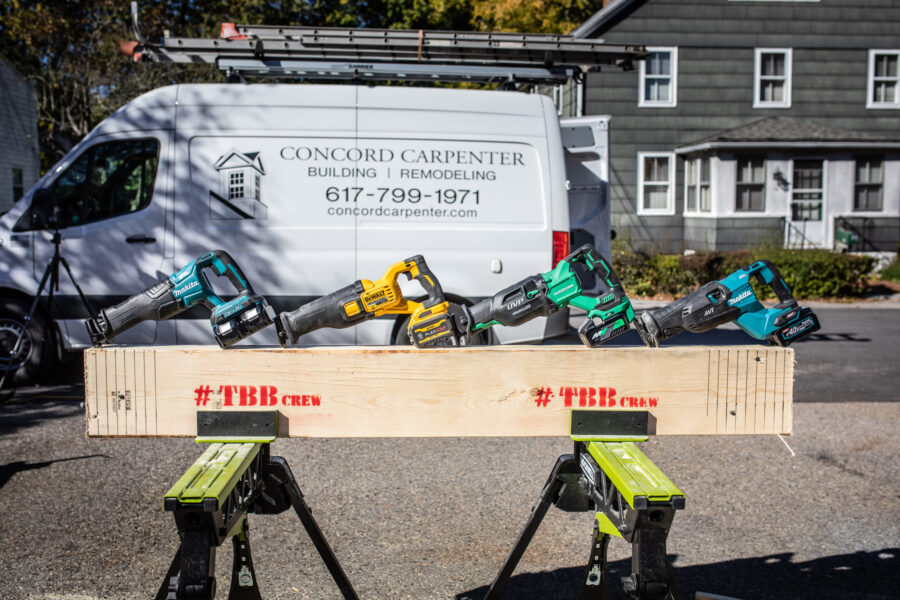
Cordless Reciprocating Saw Line Up
Unlike the previous 18-24v Cordless Reciprocating Saw Head-To-Head, only four saws met the “high capacity” criteria ranging from 36-60V. Below are the four saws and their specifications.
DEWALT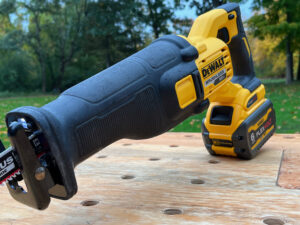
- Model: DCS389B
- Voltage: 60V
- Stroke-Per-Minute: 3000 SPM
- Stroke Length: 1-1/4″
- Weight: 8.65 LBS
- Price: $269
Makita 36v (18V x 2)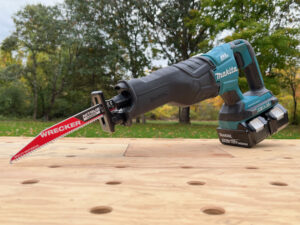
- Model: XRJ06Z
- Voltage: 36V (2 x 18v)
- Stroke-Per-Minute: 3000 SPM
- Stroke Length: 1-1/4″
- Weight: 9.3 LBS
- Price: $239
Makita 40V XGT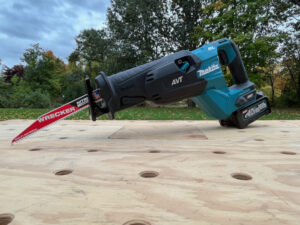
- Model: GRJ02Z
- Voltage: 40V
- Stroke-Per-Minute: 3000 SPM
- Stroke Length: 1-1/4″
- Weight: 9.9 LBS
- Price: $279
Metabo HPT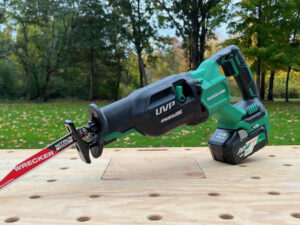
- Model: CR36DAQ4
- Voltage: 36V
- Stroke-Per-Minute: 3000 SPM
- Stroke Length: 1-1/4″
- Weight: 8.4 LBS
- Price: $199
Head-to-Head Testing Format
Our team used and ranked the same nine criteria for our Best “High Capacity” Cordless Reciprocating Saw test as we did on our 18v-24v Head-to-head testing.
When considering relevant trade tests, we chose three that hit the mark for remodeling contractors, electricians, plumbing and heating contractors which mirror the 18v-24v testing we just completed. In addition to the standard testing criteria we typically use, these tests make up the total rankings and allow us to pick a clear winner.
- Gas Pipe Cutting for Plumbing / Heating Contractors
- Uni-strut Cut Test for Electricians
- Nail Embedded Cut Test for General Contractor / Demolition
- Features
- Ergonomics
- Size
- Noise
- Price
- Best Value
The Best “High Capacity” Cordless Reciprocating Saw was decided based on the sum of each of the first seven categories.
Testing Blade Information
All reciprocating saws were fitted with task-specific, new Milwaukee Nitrus Carbide blades before testing, shifting the focus away from the variation between different blades and toward the differences between the individual saws.
- Timed Test 1: Gas Pipe for plumbers.
- Timed Test 2: Uni-strut for electricians.
- Timed Test 3: Nail Embedded Wood for Carpenters and Remodelers.
Milwaukee asserts that the NITRUS reciprocating saw blades are made with 25% more carbide, cuts faster, and last longer than conventional carbide-toothed blades.
Battery Pack Guidelines
For this Head to Head, we requested manufacturers send us two of their batteries in the 4.0 Ah to 6.0 Ah range. This was to even out the playing field as some companies offer very large batteries for these saws.
Testing Format Information
Jig Information
For the Gas Pipe cutting test, a custom saw-holding jig was used. To reduce human error in some of our testing, the Tool Box Buzz crew spends countless hours designing, constructing, and fine-tuning our test jig.
The jig is made up of 4 extruded aluminum towers that serve as vertical rails for a mounting platform that holds and restrains the saw to guarantee a repeatable even cut. A fractal vise clamp mold themselves around the saw’s irregular surfaces and generate even horizontal clamping force, with hold-down straps creating additional support.
The jig utilizes a timing mechanism that uses two strategically placed micro switches to regulate the start and stop times of the cut. The micro-switch timing starts as soon as the cut is initiated and just after the blade passes through the last of the material. The cutting force applied to the cut is approximately 25 lbs, which included the variable weight of the saw and the mounting platform.
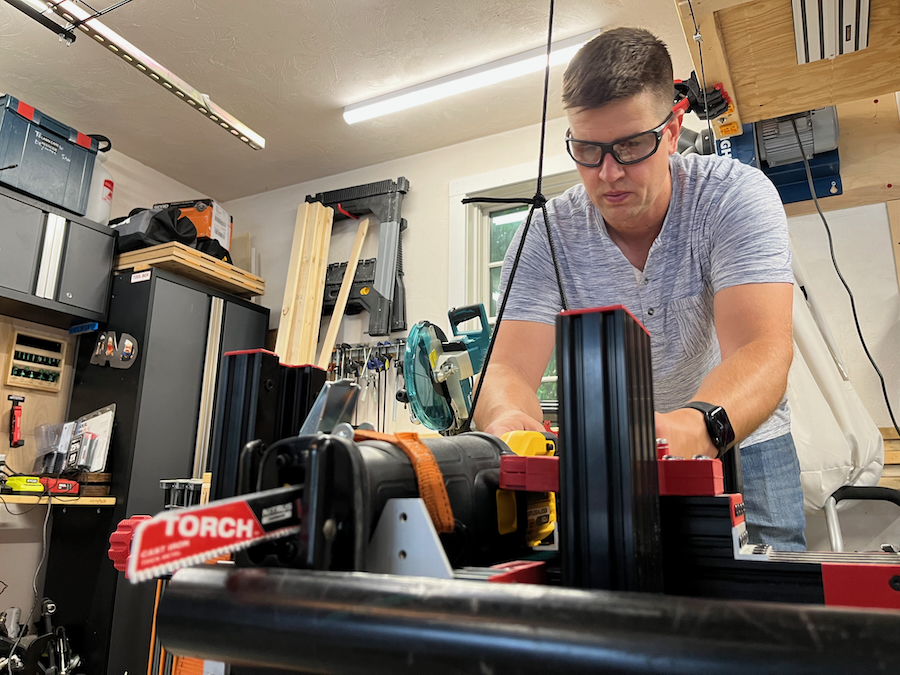
Gas Pipe Speed Test | Winner – Makita 40V
Plumbing and heating contractors are the core users for this gas pipe test. We used 1-1/2′′ diameter schedule 40 black steel gas pipe for the material. A new Milwaukee 6″ Torch blade was fitted onto each saw and used to make three timed cuts. An average of the three cuts was used for scoring. To hold the pipe at the proper height while we cut, we used Rockwell Jawhorses.
The winner of the gas pipe test was the Makita XGT 40V with an impressive average time of 3.55 seconds. Second place was the Metabo HPT with a time of 5.73 seconds. Third, was the DEWALT Flexvolt at 6.10 seconds. The slowest saw of the four was the Makita 36V coming in at 11 seconds even.
| MFG | Cut 1 | Cut 2 | Cut 3 | Average | Rank |
| Makita 40v | 3.79 | 3.53 | 3.33 | 3.55 | 1 |
| Metabo HPT 36V | 5 | 6.16 | 6.04 | 5.73 | 2 |
| DEWALT 60v | 6.01 | 6.1 | 6.2 | 6.10 | 3 |
| Makita 36v | 9.29 | 11.82 | 11.9 | 11.00 | 4 |
Uni-strut Speed Test | Winner – Makita 40V
The winner of this test was the Makita XGT 40V with a speed of 2.70 seconds. Metabo HPT in a close second with 3.01 seconds. Third place went to the Makita 36V at 3.54 seconds. Finishing out the saws was the DEWALT Flexvolt at 5.40 seconds.
| MFG | Cut 1 | Cut 2 | Cut 3 | Average | Rank |
| Makita 40v | 2.53 | 2.32 | 3.25 | 2.70 | 1 |
| Metabo HPT 36V | 2.68 | 3.36 | 2.99 | 3.01 | 2 |
| Makita 36v | 2.92 | 4.24 | 3.47 | 3.54 | 3 |
| DEWALT 60v | 5.45 | 5.32 | 5.42 | 5.40 | 4 |
Nail Embedded Wood Speed Test | Winner – Makita 40V
Three 2×10 joists were fastened together and tested with fifteen (15) nails total inserted in the wood for our nail-embedded wood test. With each cut, we refreshed the nails and used the same 10 lb weight and cut method.
This “torture test” simulates heavy-duty demolition cutting for carpenters, remodelers, and general contractors. In each saw, we utilized a new Milwaukee WRECKER (9″ 6 TPI with Nitrus Carbide Teeth) – 48-00-5272, blade suited for nail-embedded wood, and timed three cuts.
Winning the test and achieving a “hat trick,” was the Makita XGT 40v with an average speed of 30.61 seconds. Second and third place goes to Makita 36v and DEWALT Flexvolt at 40.15 seconds and 47.14 seconds respectively. Back of the pack was the Metabo HPT with a final time average of 53.50 seconds.
| MFG | Cut 1 | Cut 2 | Cut 3 | Average | Rank |
| Makita 40v | 32.91 | 31.27 | 27.66 | 30.61 | 1 |
| Makita 36v | 49.13 | 33.83 | 37.49 | 40.15 | 2 |
| DEWALT 60v | 46 | 43.66 | 51.76 | 47.14 | 3 |
| Metabo HPT 36V | 58.68 | 53.16 | 48.65 | 53.50 | 4 |
Features | Winner Metabo HPT 36V
- Rafter hook
- Orbital action
- Blade release lever
- LED Light
- Shoe plate
- Variable speed
- Standout Features
Concerning features, the team was disappointed with the DEWALT saw, as it has very few features.
| MFG | Rafter Hook | Orbital Action | Release Lever | LED Light | Adjustable Shoe | Speed Modes | Feature Score | RANK |
| Metabo HPT 36V | 1 | 1 | 0 | 1 | 1 | 1 | 6 | 1 |
| Makita 40v | 1 | 0 | 1 | 1 | 1 | 1 | 5 | 2 |
| Makita 36v | 1 | 0 | 0 | 1 | 0 | 1 | 3 | 3 |
| DEWALT 60v | 0 | 0 | 1 | 1 | 0 | 0 | 2 | 4 |
Rafter Hook
All of the saws, with exception of the DEWALT Flexvolt, have rafter hooks. For such a workhorse it is a mystery why DEWALT chose to exclude a hook. The team favored the Makita 36-volt saw rafter hook for its sturdy, large and straightforward design.
Blade Release Lever
The team favored the lever-style release lever for changing blades. We found it faster, and easier to manipulate, even with gloves than the twisting collet designs.
The Metabo HPT and Makita 36-volt both have twisting collets that sometimes require the user to manipulate the trigger [stroke] to expose the collet for blade removal. The Makita collet is slightly different, it’s spring-loaded and will accept a blade but needs to be twisted to remove the blade.
Variable Speed
All four saws have variable speed triggers, which is a must on a reciprocating saw. The Metabo HPT and both Makita saws also have additional top-speed controls. The Makita 40-volt has a 5-place speed dial on top of the tool allowing the max SPM (Strokes per Minute) to be set at 1,000/1,500/2,000/2,500/3000 SPM. The Makita 36-volt has a mechanical switch on the tool’s handle that allows for 2-speed control 0-2,300 and 0-3,000 SPM. 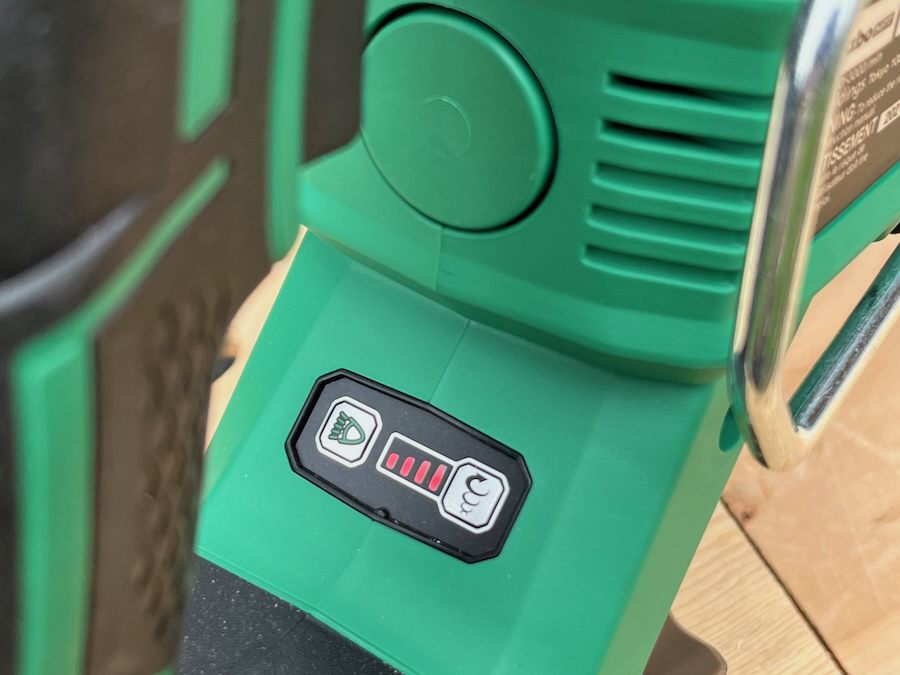
The Metabo HPT has a button interface below the handle to control the LED light as well as set 1 of 4 stroke speed settings 0-1700/2,000/2,500/3,000 SPM.
Shoe Plate
The Metabo HPT and the Makita 40 volt both use a lever to adjust the shoe plate, both plates extend fully and lock. They do not come out of the body of the tool, when at full extension, which the team favored. The team found the Makita 40-volt saws shoe plate tough to slide back and forth, describing it as “sticky.”
The DEWALT and Makita 36-volt do not have adjustable shoe plates.
Standout Features |Metabo HPT MULTI-VOLT System
Something that many people don’t get is the value behind the Metabo HPT multi-volt adapter. This feature allows the tool to run on both AC/DC power. The Metabo HPT 36V slide-type battery receives the AC “battery-looking” adapter.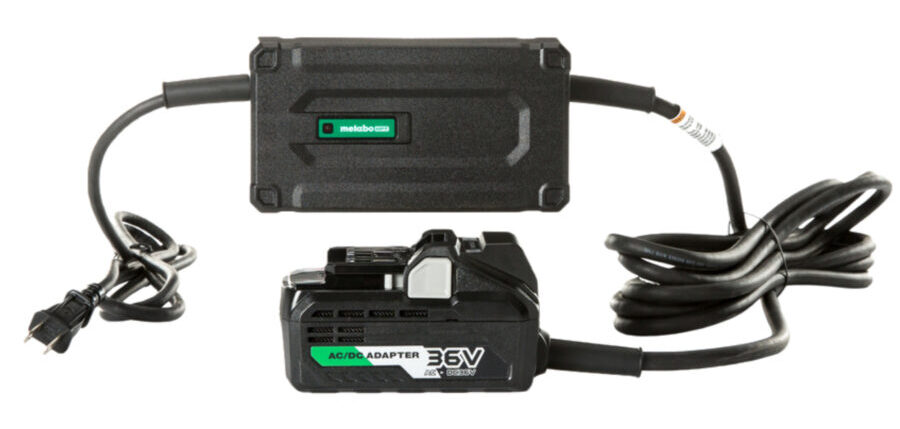
Ergonomics | Winner – Makita 40V XGT
The ergonomics evaluation in this section is purely subjective and based on the opinions of the testing crew. After a full day of running performance tests, the team sat down and ranked each tool in several categories. For the ergonomics evaluation, the team evaluated several criteria including:
- Subjective Vibration
- Grip comfort
- Ease of Blade Change
- Ease of Shoe Plate Adjustment
| MFG | Vibration | Grip | Blade Change | Shoe Adjustment | Total Score | Rank |
| Makita 40v | 1 | 2 | 2 | 2 | 7 | 1 |
| DEWALT 60v | 3 | 1 | 1 | 4 | 9 | 2 |
| Metabo HPT 36V | 2 | 3 | 4 | 1 | 10 | 3 |
| Makita 36v | 4 | 1 | 3 | 3 | 11 | 4 |
The Makita 40-volt saw is a solidly built saw that also provides an excellent user experience. It scored 7 points and was tops in vibration, and came in second in grip, blade changing, and shoe adjustment. The DEWALT 60-volt came in second with 8 points which was surprising to the team since this saw is a featureless workhorse.
Vibration
For this category, each evaluator ranked the tools based on perceived vibration, while performing each of the performance tests. The Makita 40-volt and Metabo HPT saws had the lowest perceived vibration from the team, with many commenting on how smooth it was to operate.
Metabo HPT UVP –
Metabo HPT User Vibration Protection decreases vibration by incorporating a dual counterweight system. The upper and lower counterweight gears spin in opposite directions to balance out the inertia force, resulting in significant vibration reduction.
Grip Comfort
Here we looked at the overall feel of the over-mold, and grip surface. The team concluded that the DEWALT and Makita 36-volt both had the most comfortable grips.
Size | Winner – DEWALT Flexvolt
To compare the overall size (compactness) of the saws, the length ranking, and the weight ranking was added together. The tools were ranked from smallest to largest and lightest to heaviest.
Weight comes in second, after cutting performance when using a reciprocating saw. The larger-size saws showed the best performance in our testing, I sure wish it were the opposite.
Working overhead with a beefy reciprocating saw can quickly become tiresome. We weighed each reciprocating saw on our digital scale without a battery and here are the results.
DEWALT Flexvolt took the size category measuring 18″ in length and weighing in at 8.65lbs as a bare tool. Second place was the Makita 36V at 18″ and 9.3 lbs. Third was Metabo HPT weighing 8.4 lbs but was 18.75″ long. Weighing in at 9.9lbs and 18.5″ long makes the Makita 40v finish in 4th place.
| MFG | Weight lb | Length in | Rank |
| DEWALT 60v | 8.65 | 18 | 1 |
| Makita 36v | 9.3 | 18 | 2 |
| Metabo HPT 36V | 8.4 | 18.75 | 3 |
| Makita 40v | 9.9 | 18.5 | 4 |
Noise Saw Winner | Makita 36V
Due to OSHA’s regulation of 8 hours of exposure for noise levels up to 90 decibels, hearing protection should be worn at all times when using reciprocating saws because they are extremely loud.
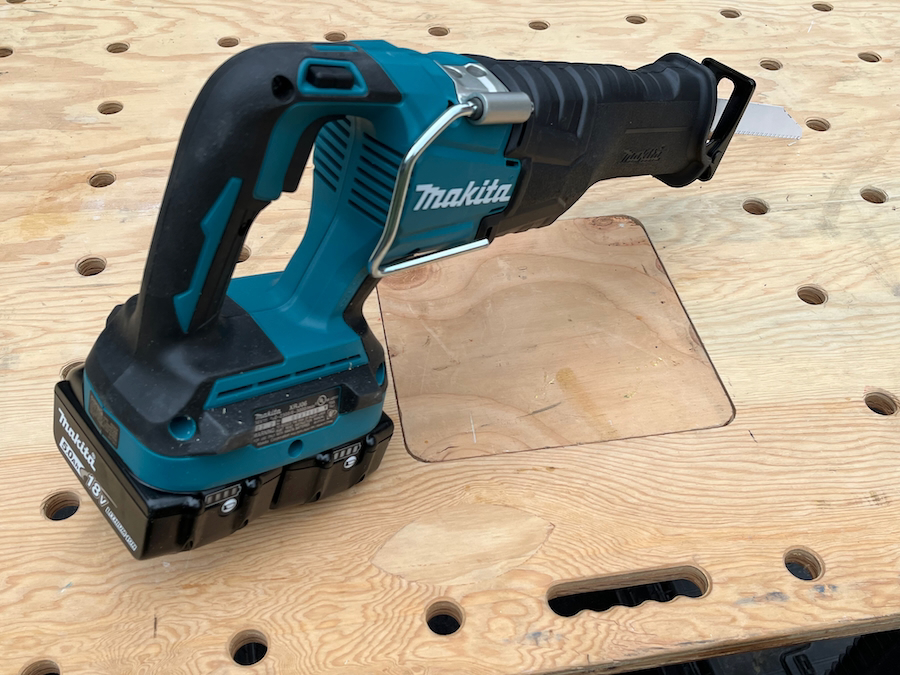
We used a decibel meter to measure the saw’s dB level in a no-load situation at a set distance of the same height as a user’s ear spacing to test these saws consistently. We evaluated these saws in a no-load capacity; nevertheless, when the saws are loaded, the noise level increases and the cutting material dictates the noise level.
The saw that was the quietest was the Makita 36V at 98.5 decibels. The second quietest saw was the Makita 40v at 98.7 decibels. The loudest reciprocating saw we tested was the Metabo HPT 36v at 100.9 decibels. Third place was DEWALT at 100 decibels.
| Mfg | Noise dB | Rank |
| Makita 36v | 98.5 | 1 |
| Makita 40v | 98.7 | 2 |
| DEWALT 60v | 100 | 3 |
| Metabo HPT 36V | 100.9 | 4 |
Best Reciprocating Saw Price Winner |Metabo HPT
When deciding which saw is best for a user, price is always a consideration. For each of the saws, we used bare tool pricing determined online at the time of writing.
The majority of us can all agree that price is an important factor to consider when buying tools, especially for those who are just getting started in the trades. We also understand that most contractors are brand loyalists [our crew included], who will prefer to stick with their current battery platform rather than buy a new line of cordless power tools.

The reciprocating saw with the lowest price tag was the Metabo HPT coming in at $199.00 bare tool. The second cheapest-priced saw was the Makita 36V LXL at $239.00 Third place went to the DEWALT 60V Flexvolt saw for $269.00.The Makita 40V XGT which is priced at $279.00 is the most expensive saw of the pack.
We decided to remove pricing from the overall score, as we feel that saws should not be penalized for cost when scoring. We have made pricing its own section and below is a graph for your information.
These saws may be found at your local big box stores, but all of them can be found online at our Sponsored Retailer, ACME Tools.
| MFG | Price $ | Rank |
| Metabo HPT 36V | 199 | 1 |
| Makita 36v | 239 | 2 |
| DEWALT 60v | 269 | 3 |
| Makita 40v | 279 | 4 |
Best Value Winner | Metabo HPT 36-volt
This category winner often resonates with most people because it performs well in tests while still being cost-effective. The Metabo HP saw has the best price at $199 [bare tool] and tied for second place in our testing. It’s a solid-performing, full-featured saw.
Overall Best “High Capacity” Cordless Reciprocating Saw Winner | Makita 40V XGT
The Makita 40-volt saw came in first to achieve the title of Best “High Capacity” Cordless Reciprocating Saw. This saw scored 12 total points and dominated all three of our power/speed tests, coming in first place in ergonomics and second in decibels and features. It is a well-designed, feature rich, powerful saw. It was a clear standout on testing day.
| MFG | Price | Noise | Size | Ergo | Features | Nail Embed | Gas Pipe | Unistrut | Total Score | Final Rank |
| Makita 40v | 4 | 2 | 4 | 1 | 2 | 1 | 1 | 1 | 12 | 1 |
| Makita 36v | 2 | 1 | 2 | 4 | 3 | 2 | 4 | 3 | 19 | 2 |
| Metabo HPT 36V | 1 | 4 | 3 | 3 | 1 | 4 | 2 | 2 | 19 | 2 |
| DEWALT 60v | 3 | 3 | 1 | 2 | 4 | 3 | 3 | 4 | 20 | 4 |
The rest of the saws were close in their scoring brackets. The Makita 36-volt and Metabo HPT 36-volt saws tied in second place with 19 points. Both of these saws hover in the top 3 and 4 points for each category. The DEWALT scored 20 points. At the end of this testing, the team all felt that the DEWALT could use some updating to its core features as a rafter hook, set speed settings or orbital action are quickly becoming industry standards.
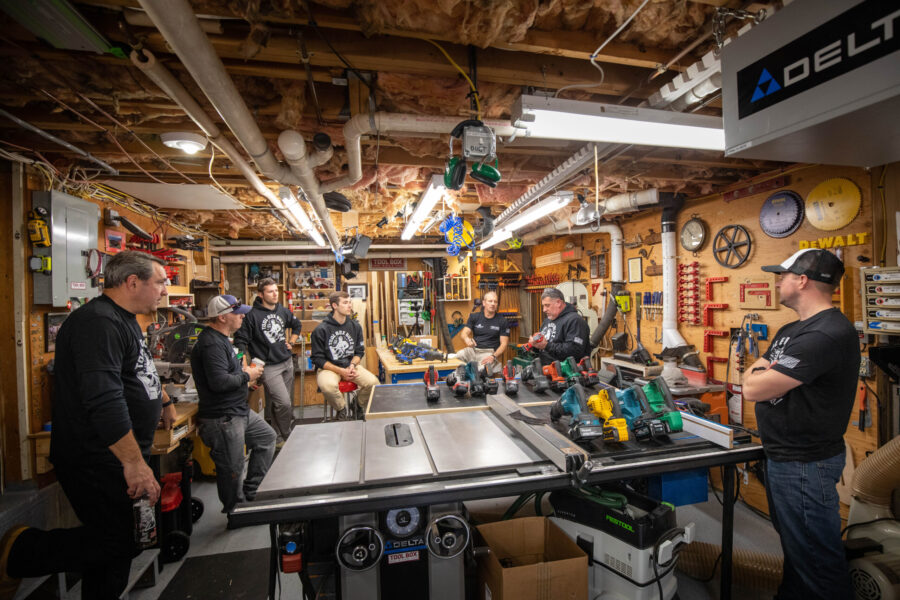 Conclusion
Conclusion
Cordless reciprocating saws are a real deal now, and capable of cutting the cord. We get lots of comments about how we make the final rankings or asking why we didn’t test the tools a certain way. The good news is we’ve openly shared ALL the data from our tests, and you can rank the tools however you want. Don’t care about ergonomics? No problem eliminate that from the matrix above and re-rank them. Hopefully, you’ll find this Head-To-Head useful in comparing the heavy-hitting reciprocating saws on the market today.
Buy Now From Our Sponsored Retailers
Recent Head-To-Heads
The crew at Tool Box Buzz produces many Head-to-Head articles. We welcome you to swing over to our Head-To-Head page and check out all of them! You will not be disappointed!
Best “High Capacity” Cordless Reciprocating Saw Head-To-Head Video
About the author
3 Comments
Leave a comment
Disclosure
Product reviews on this site contain our opinion of a product or service. We will always strive for objectivity and transparency in our reviews. Our goal is to provide readers with honest, objective information based on our own experiences. We never have and never will accept payment in exchange for a positive review. Many of the products that we review are provided to us for free by a manufacturer or retailer. In some cases, we also have advertising or affiliate relationships with manufacturers and retailers of products and services we review. For additional information please visit our additional disclosure policies.











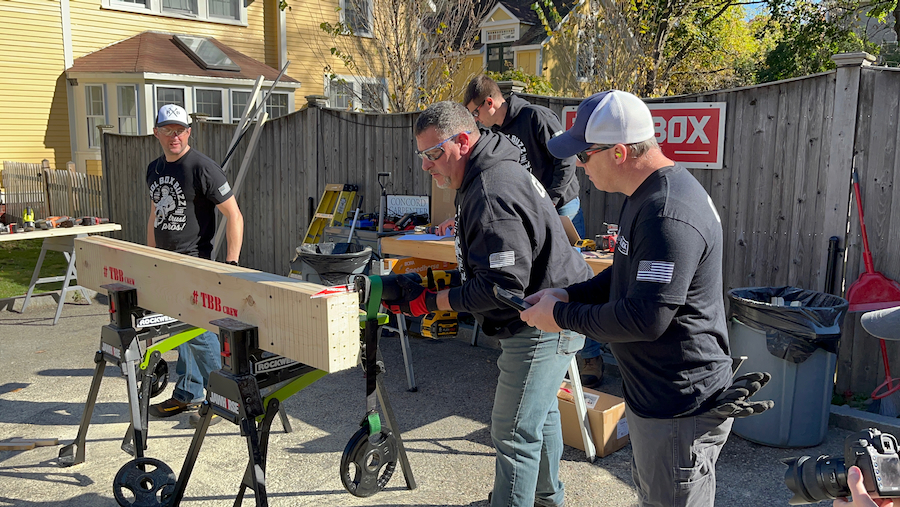
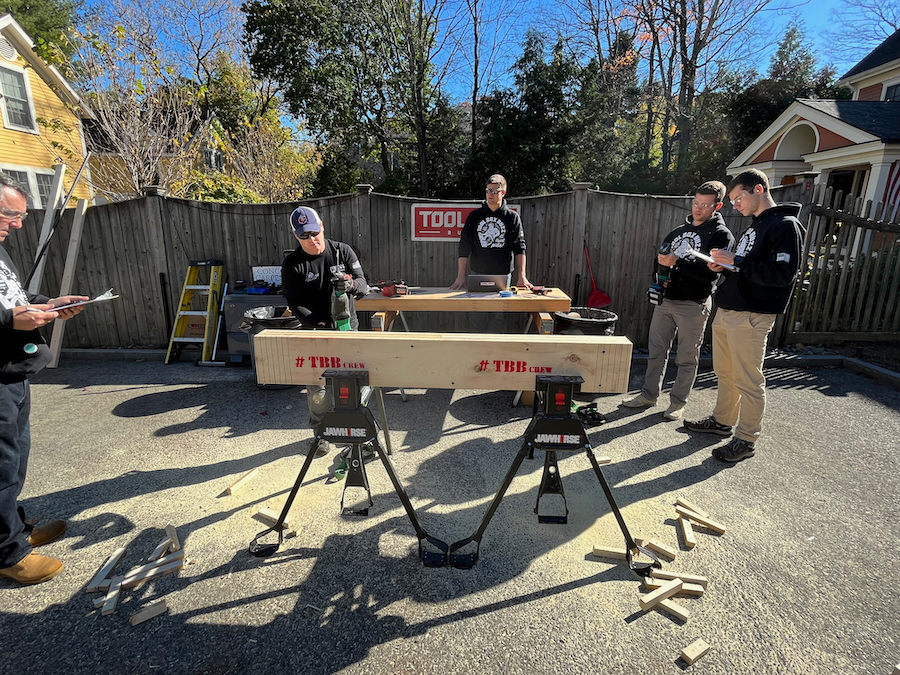
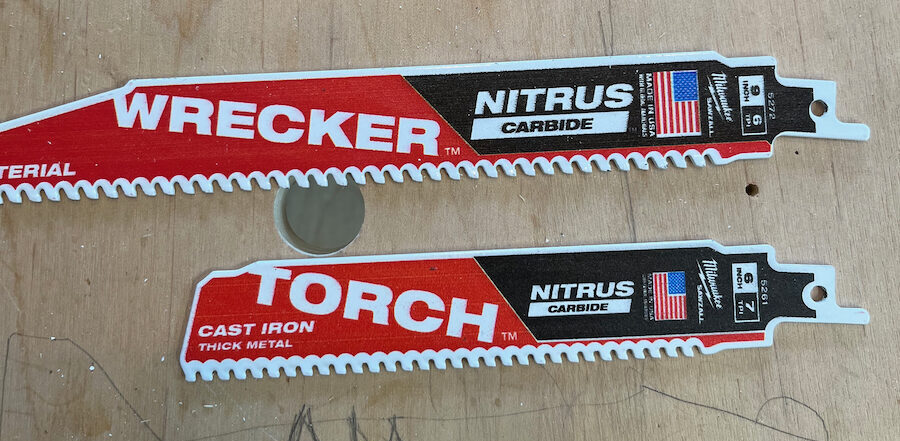
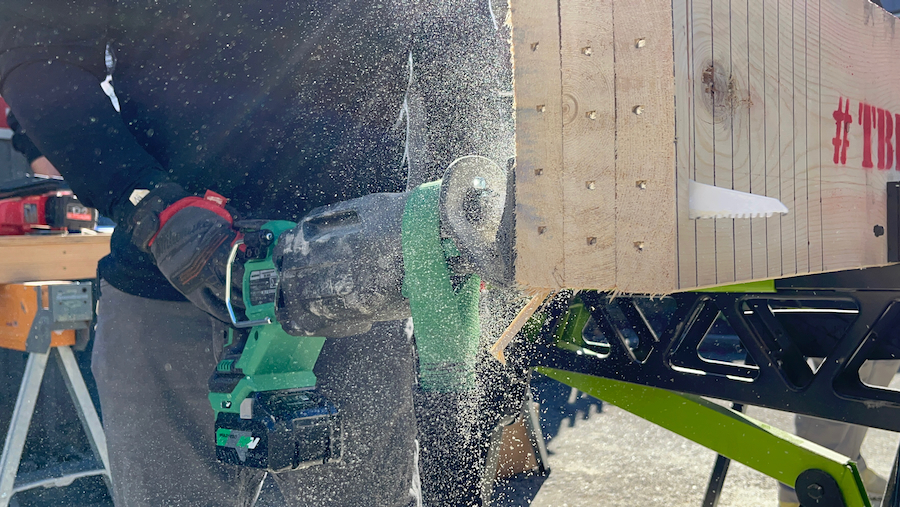
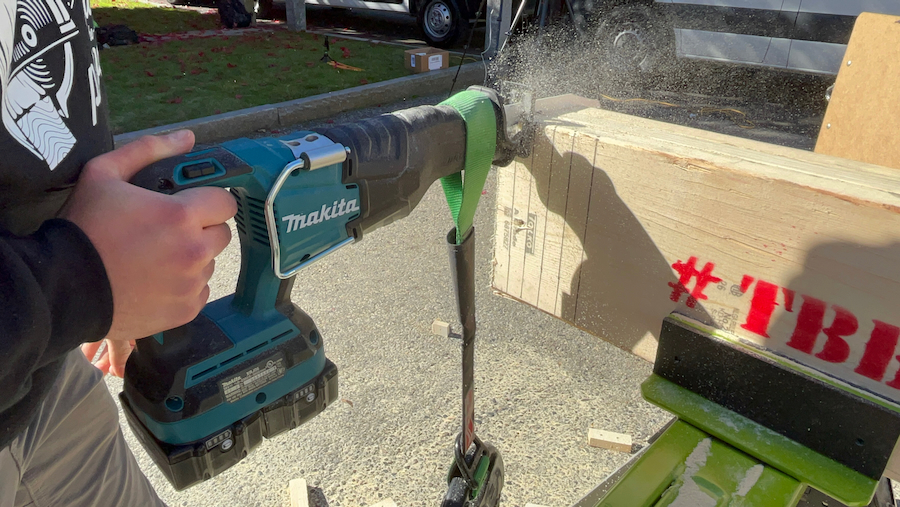
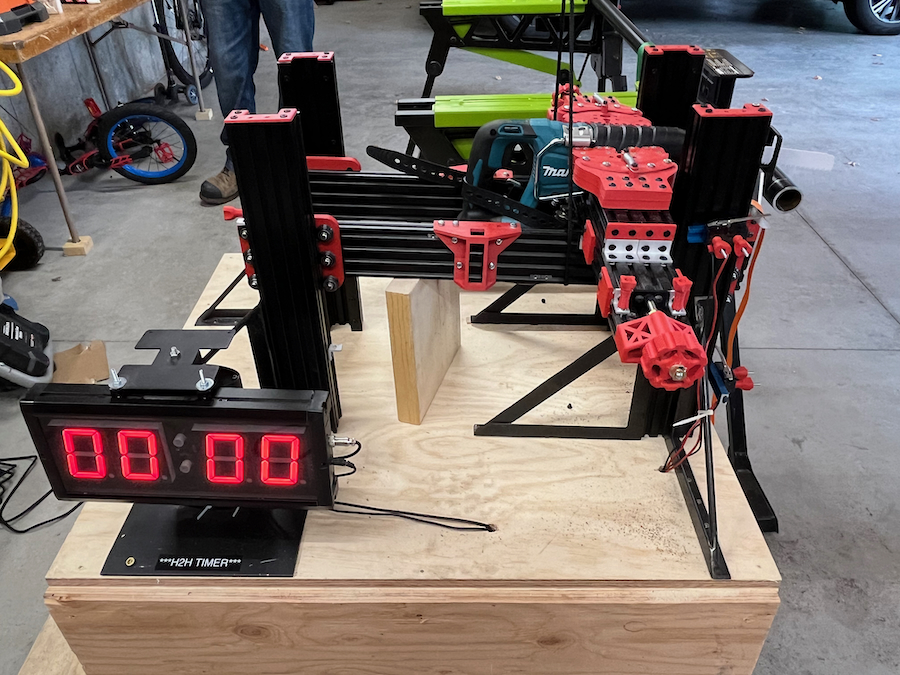
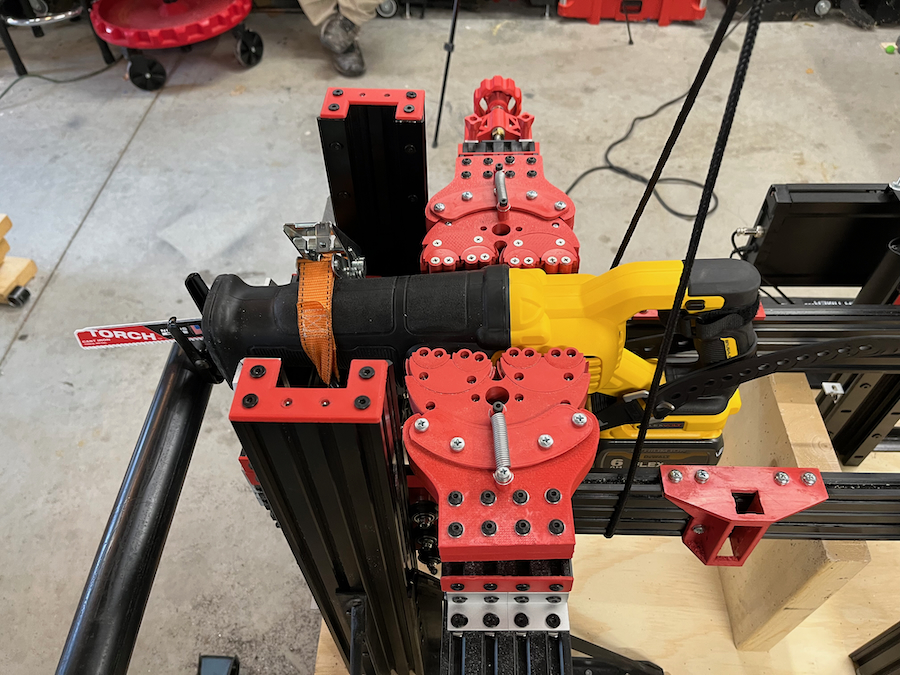
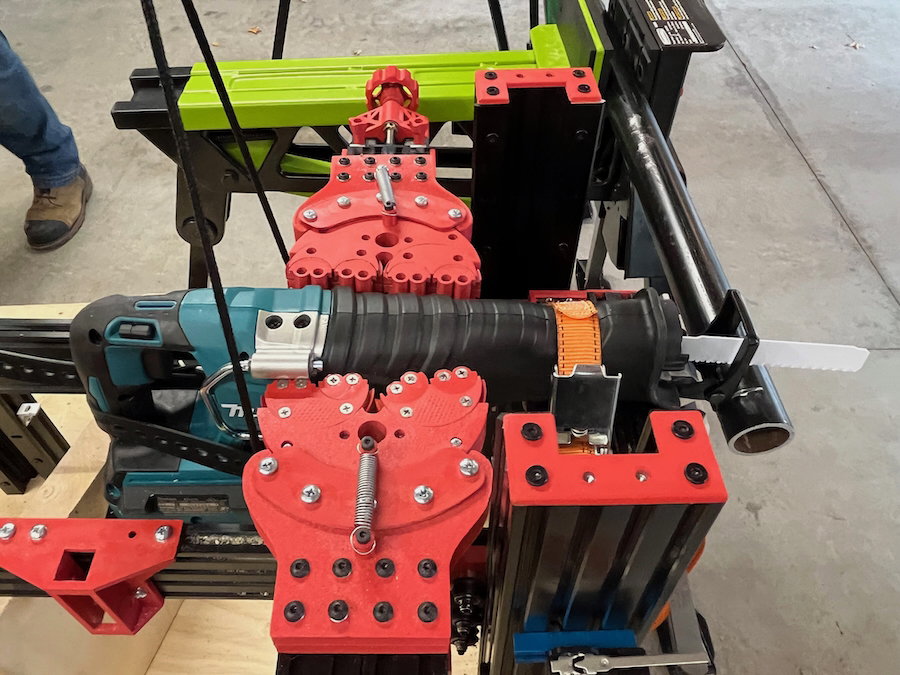
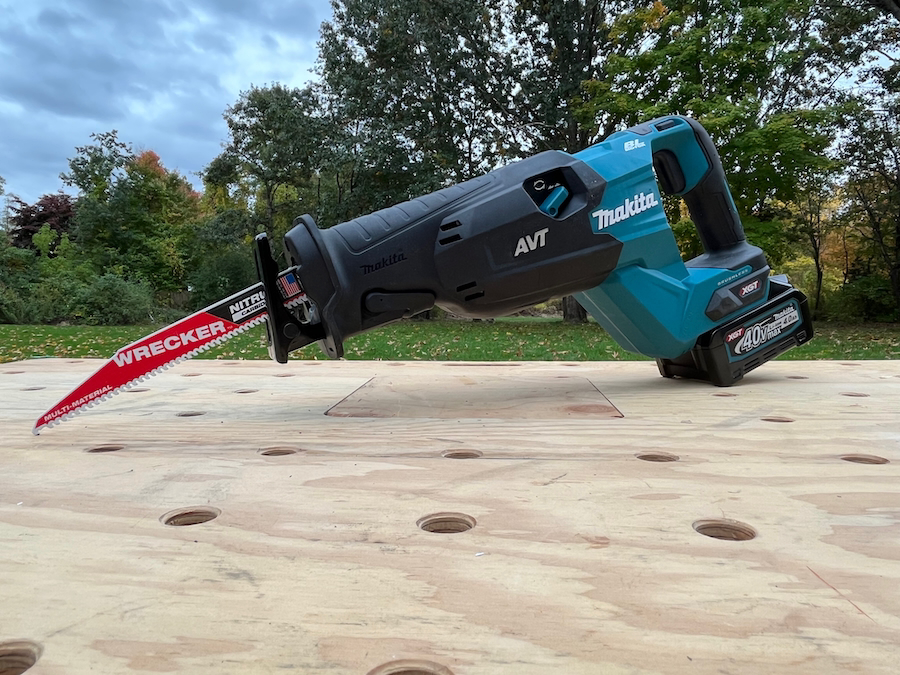
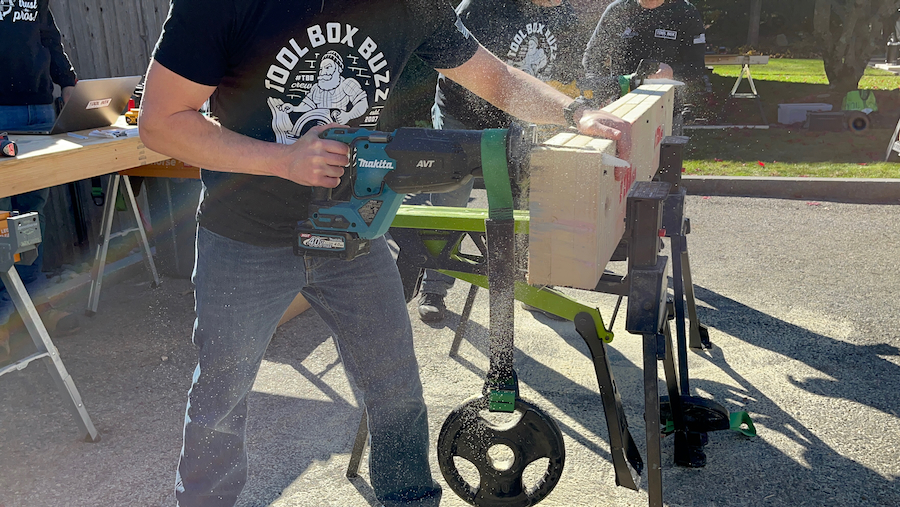

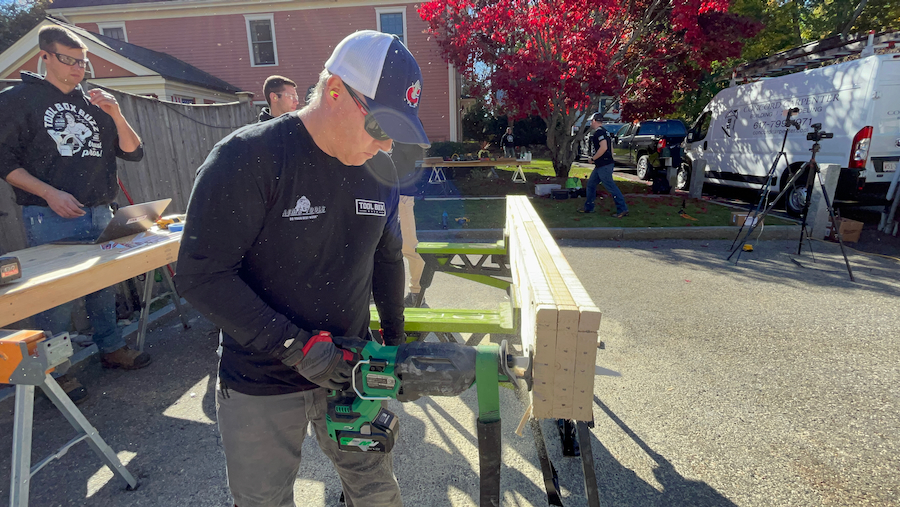
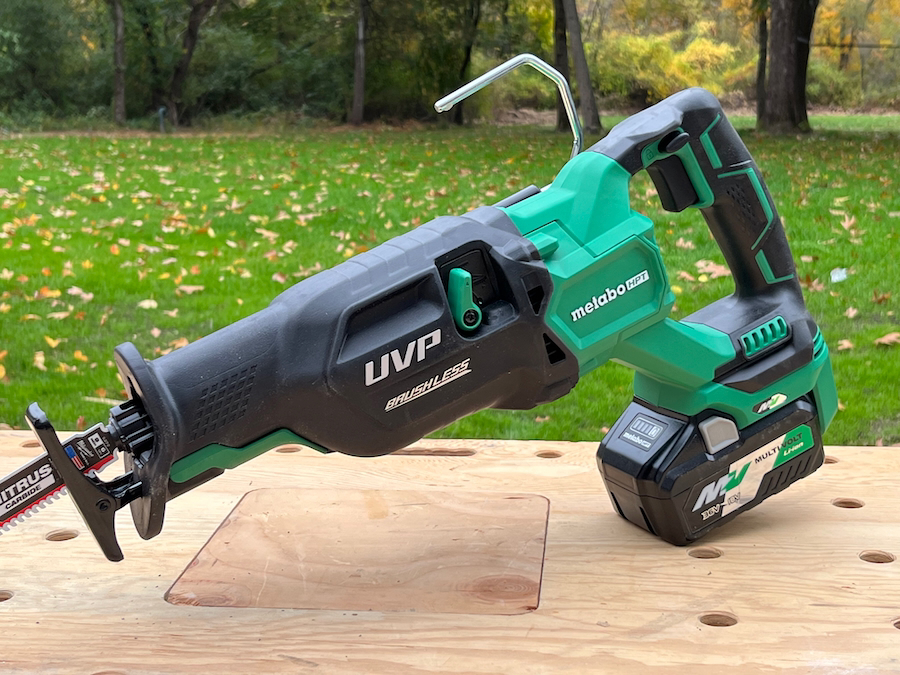

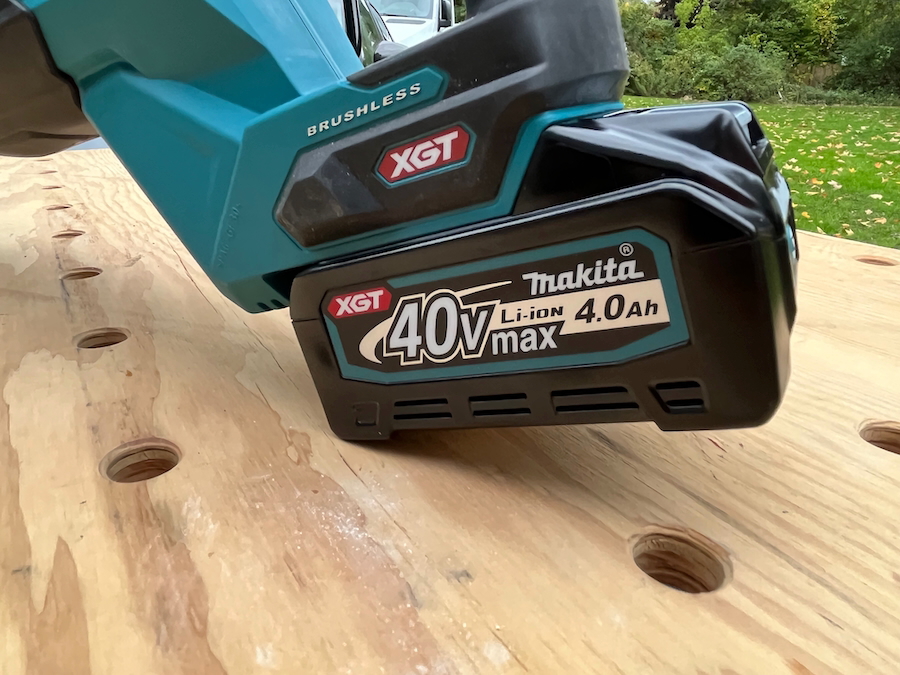

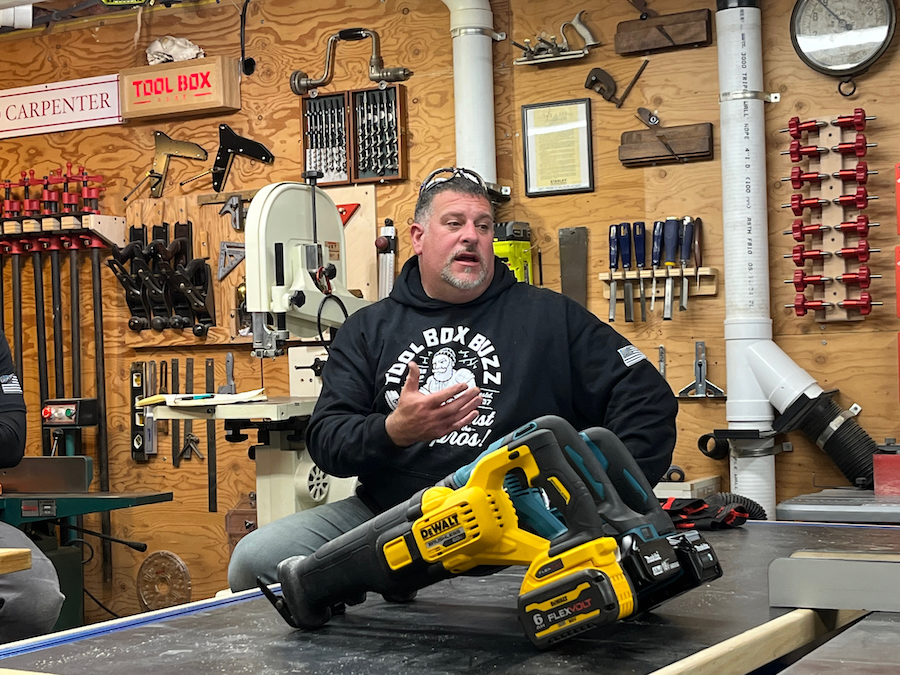
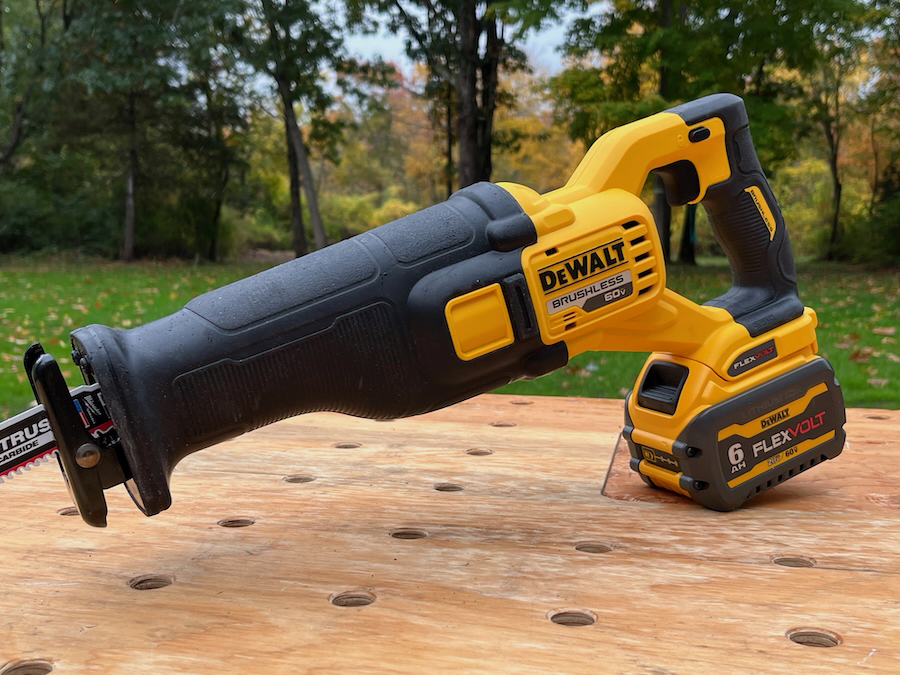
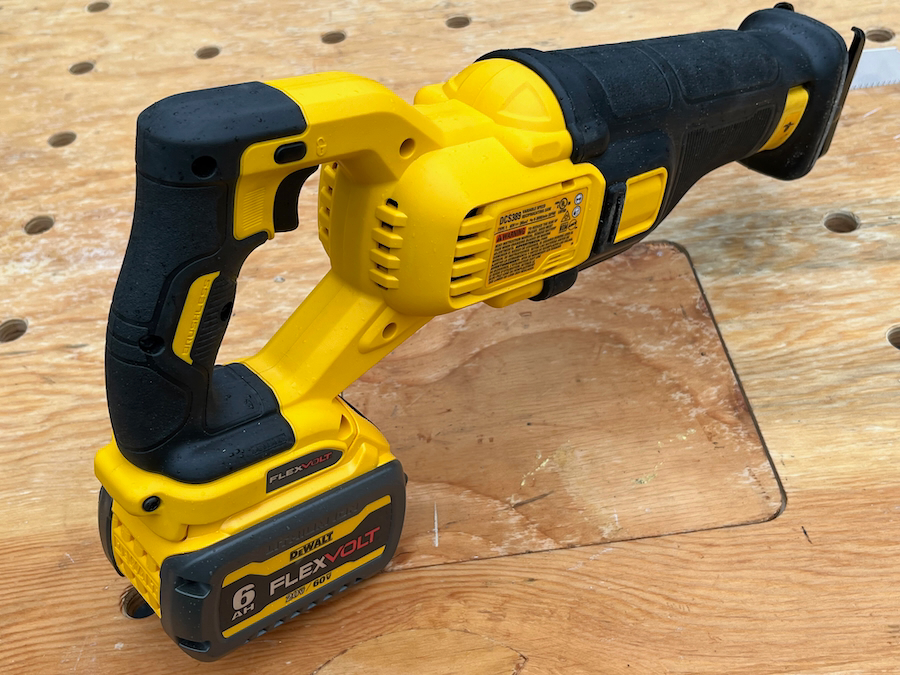
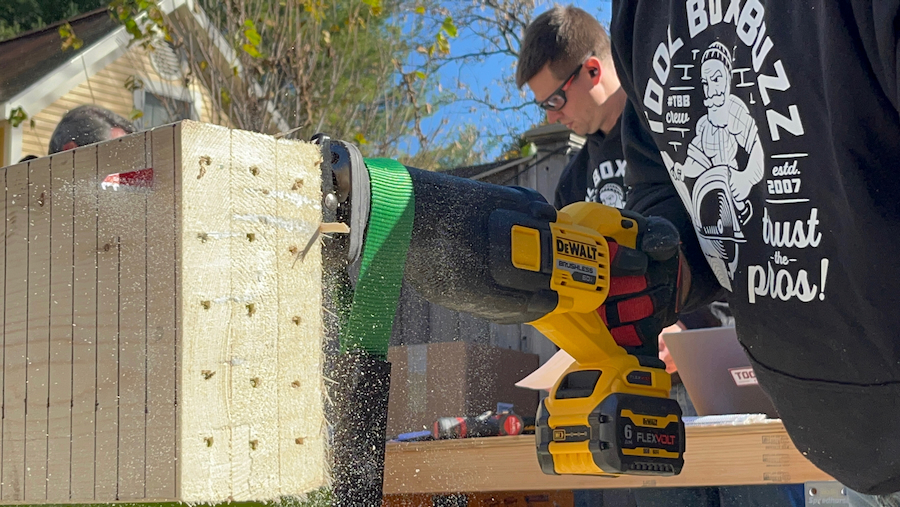
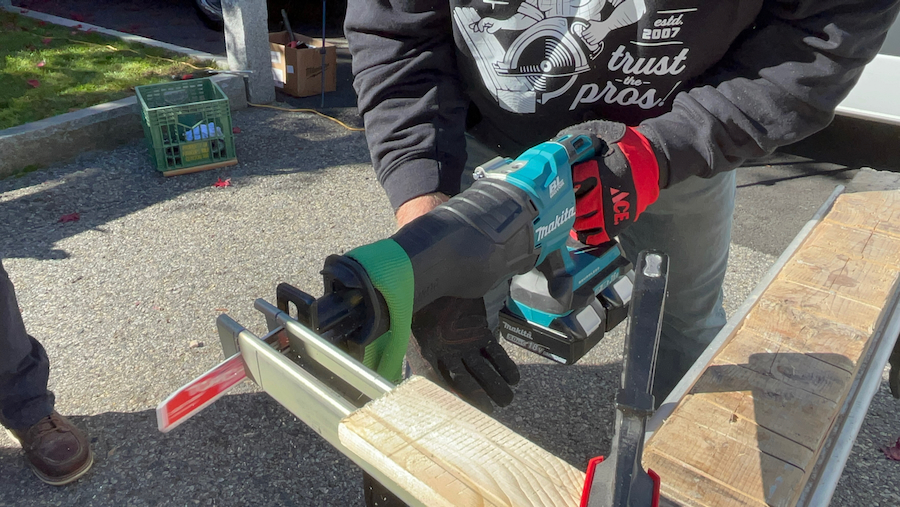
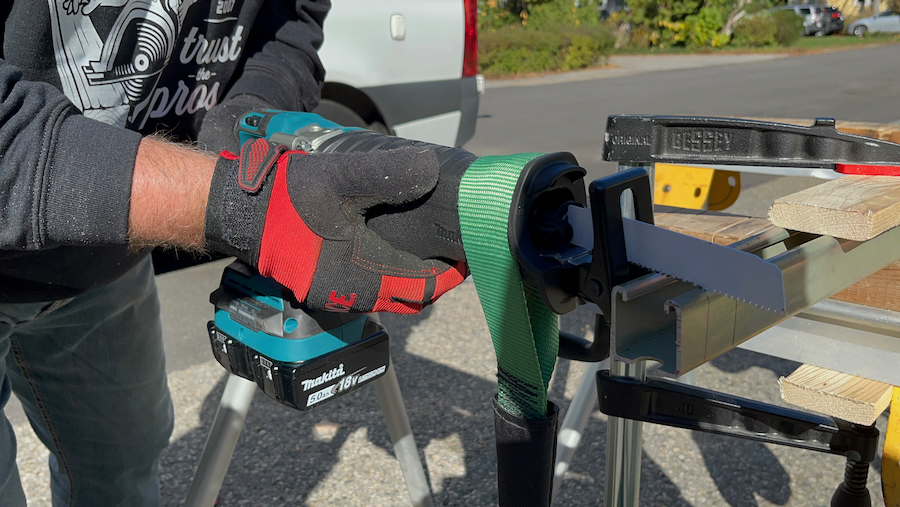
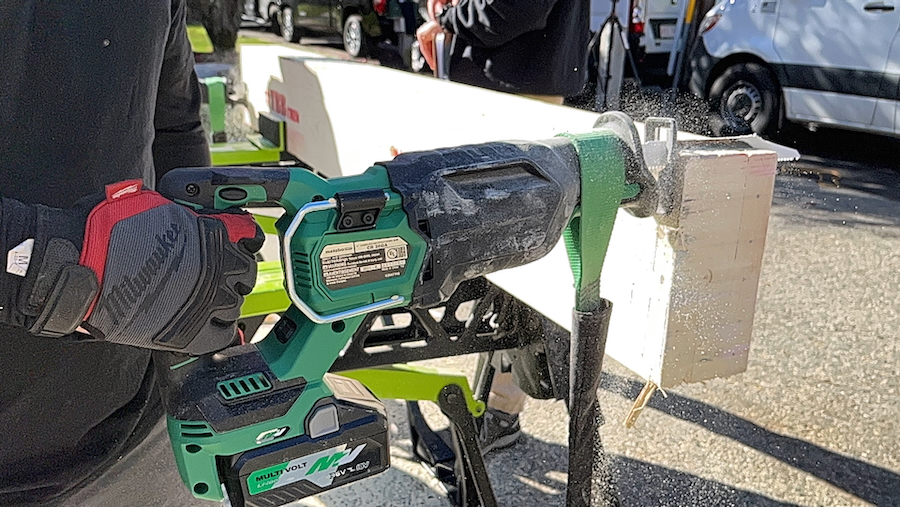
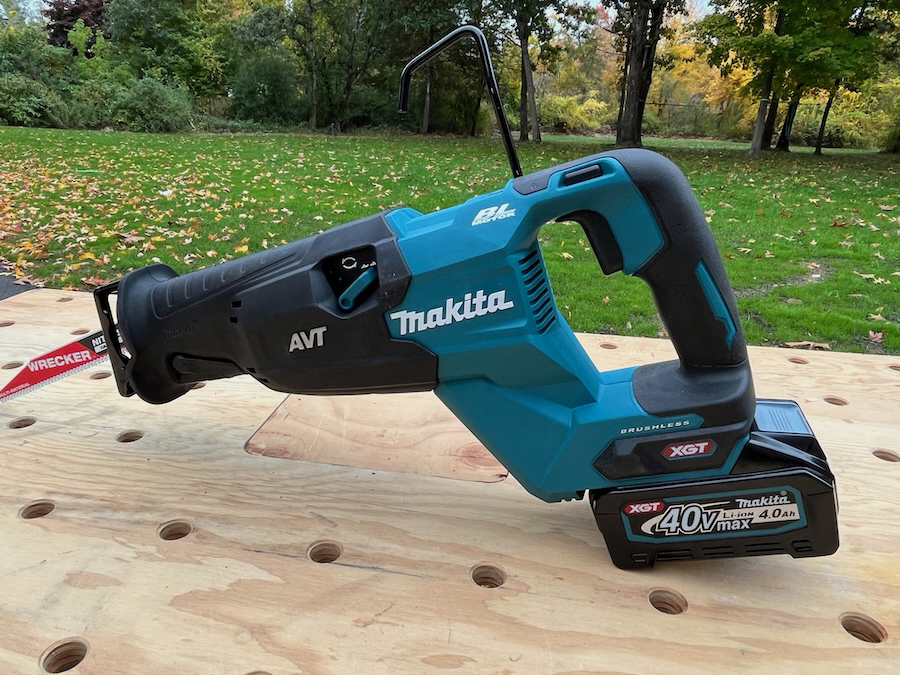
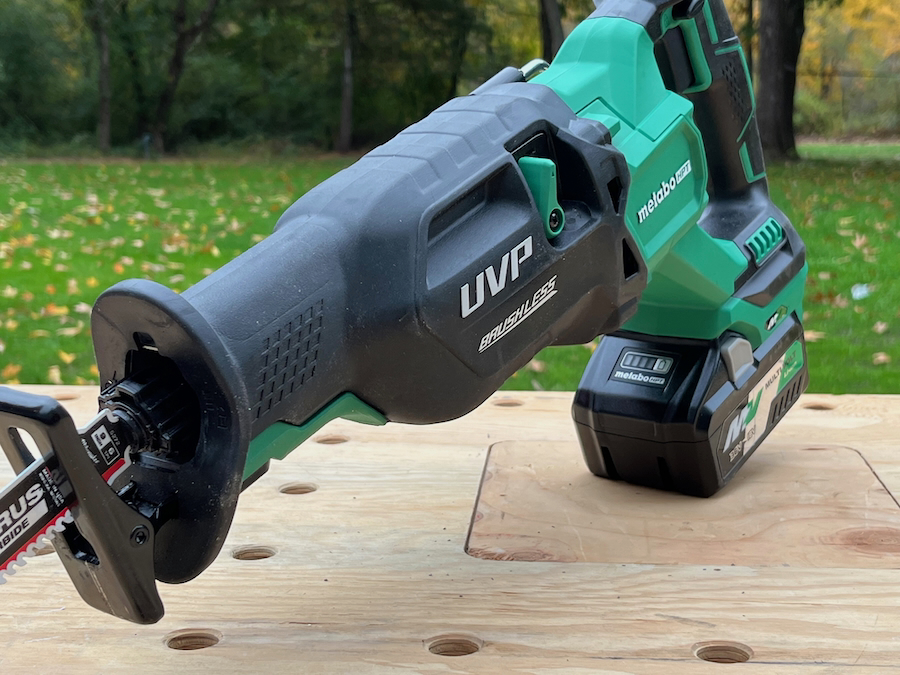
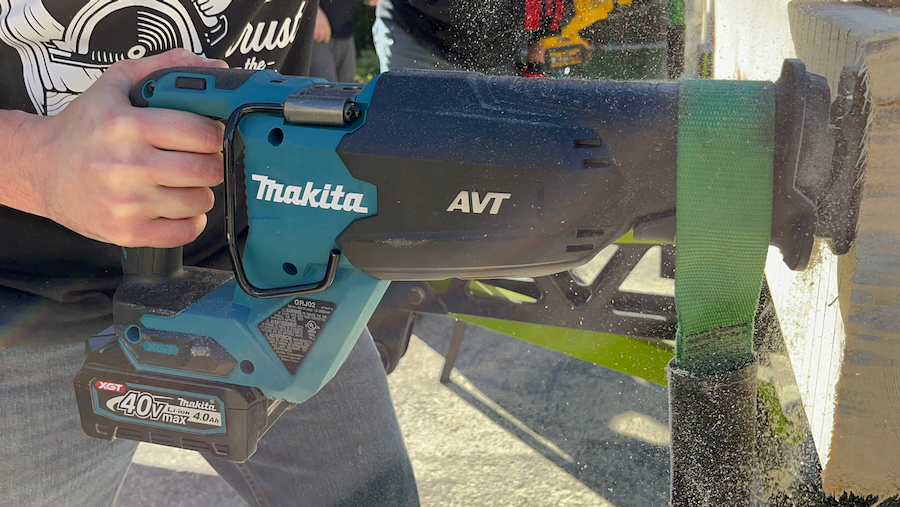
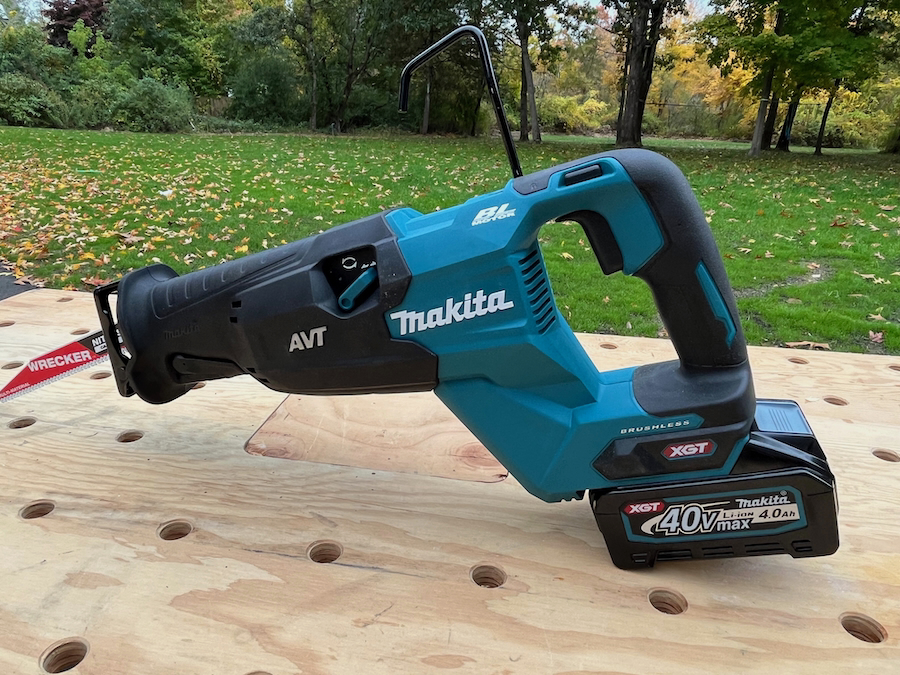












I wonder how the Hilti 36V and Hikoki 36V would have fared.
Metabo HPT and Hikoki are the same tool.
Jim, HiKoki is the Brand name in the UK, and Metabo HPT is the name here in the US. Not sure if a side by side of the HiKoki and Metabo HPT Recip saw are identical as often European tools are slightly different but it is possible.